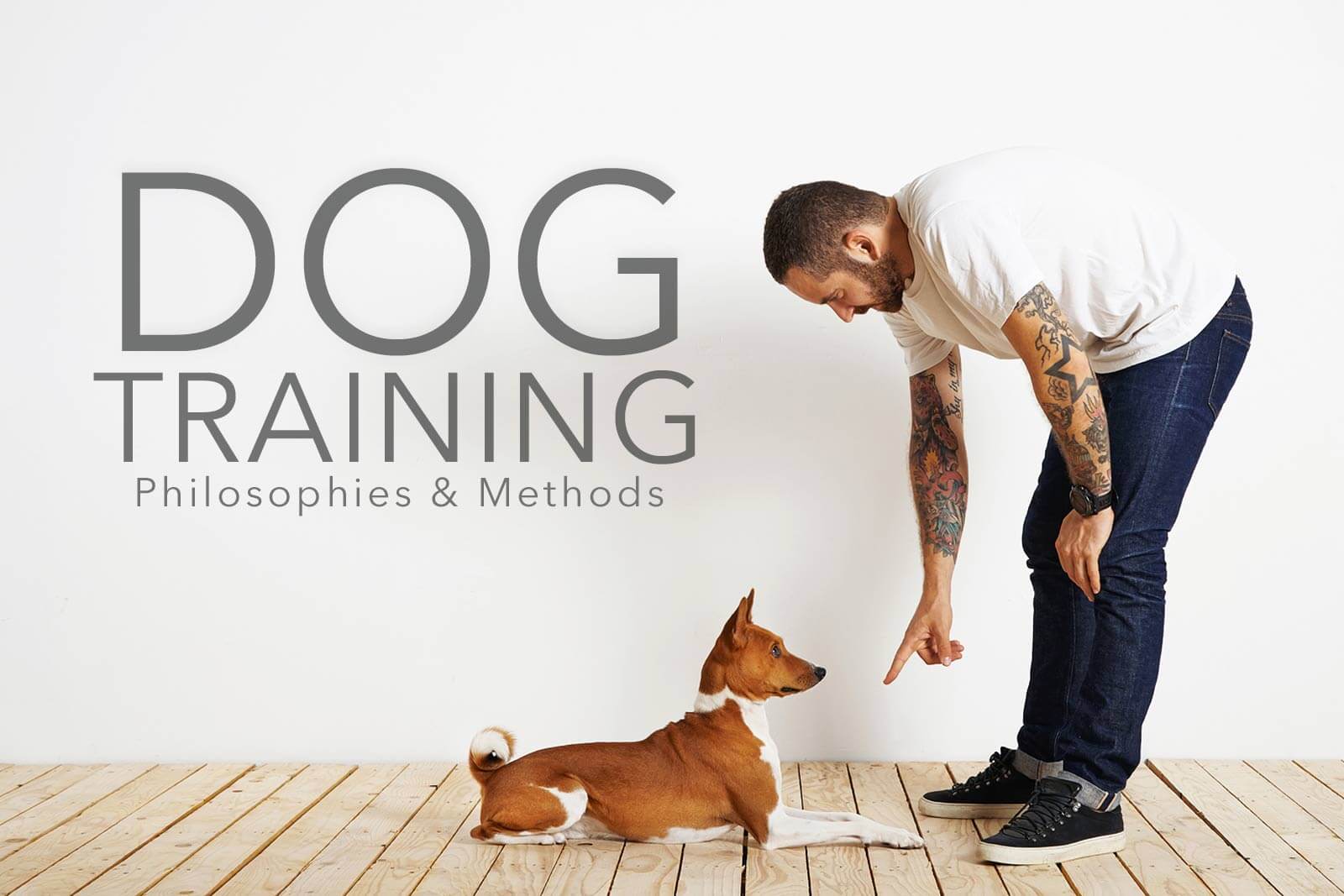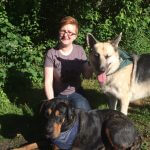Dog Training Philosophies and Methods
6/17/15

Whether you have a new puppy or would like to teach your old dog some new tricks, finding the best training method is always the first step. Humans learn things through a variety of methods, and just like us, your dog may learn from one or multiple training methods. There are many different approaches to training your dog, and understanding them can be overwhelming. Knowing how your dog thinks and what motivates them can be found through training exercises and will serve to strengthen the relationship between you.
Talking to a trainer or behavior specialist in your area is advisable, especially if your dog is exhibiting extreme behaviors (aggression, fear, separation anxiety etc…) or if you’re feeling overwhelmed by the amount of information out there. Ask questions, give them examples of behaviors you would like to correct and see how they would approach them. Questions to ask include:
- Do they only teach obedience or do they specialize in remediating certain behaviors?
- Do they have experience with your dog’s breed or particular behavior issue?
- Can you speak to other clients who have used their training service, and/or are there testimonials they can share with you?
- Will you, as the owner, be able to continue training your dog once the trainer has finished their program?
- How long have they been a trainer and where did they receive their training?
- Do they continue to pursue educational programs to ensure they’re using the best methods available?
While the approach or handling of your dog’s behavior can vary, most dog training methods whether from a certified trainer, book or online; generally touch on two parts: rewarding correct behavior and correcting wrong behavior. This is accomplished through positive and negative reinforcement and positive or negative punishment. These terms are often misunderstood. With relation to training your dog, positive means you add something and negative means you take something away.
Positive reinforcement works by rewarding the dog for doing a correct or expected behavior. One example of positive reinforcement is holding a treat above a dogs head to encourage them to sit, versus pushing on their back end (negative reinforcement) until they are in the sit position. With negative reinforcement, once the dog is in the correct position or exhibiting the behavior you want you, they are rewarded. With repetition, dogs will begin to associate the correct behavior with the reward.
Negative punishment can come in many forms, such as turning your back and ignoring a dog that is jumping up on you, or if a dog is sniffing around the counters to steal food making a noise to startle and discourage them from continuing.
There are also other methods like dominance training where the human, through many different actions (rolling the dog on its back, entering rooms before the dog is allowed, etc.) shows the dog that they are the alpha or pack leader and therefore should be listened to. Some trainers may also suggest using other training aids such as pinch, choke and shock collars. These methods can seem extreme and should only be used following proper research and a high enough level of comfort.
Another issue that comes with training is how best to reward your dog for following your commands. The four main types of rewards are: food reward or treat toy reward, vocal praise, and clicker (this could also be a whistle, a word, or even a light) training. Clicker training differs from the other three in that to start out you will need to also reinforce the sound or light with a treat reward until the dog recognizes that the sound or light is rewarding their behavior.
There isn’t a one size fits all approach when it comes to dog training and not every method works for every dog. The key is finding a trainer or method that works best for you and your dog; whether that is from rewarding correct behavior, correcting wrong behavior or using a little bit of both. Teaching your dog appropriate behaviors makes living with them easier and can be a very rewarding bonding experience for you, and your dog. After all, the best way to live in harmony is to have a mutual understating of boundaries and an effective way to communicate.

I am a crazy hat collector, video game enthusiast, and former self-proclaimed cat whisperer with a love and devotion to all of our four-legged friends. In my spare time, I am also a customer service specialist at Darwin’s Natural Pet Products.



